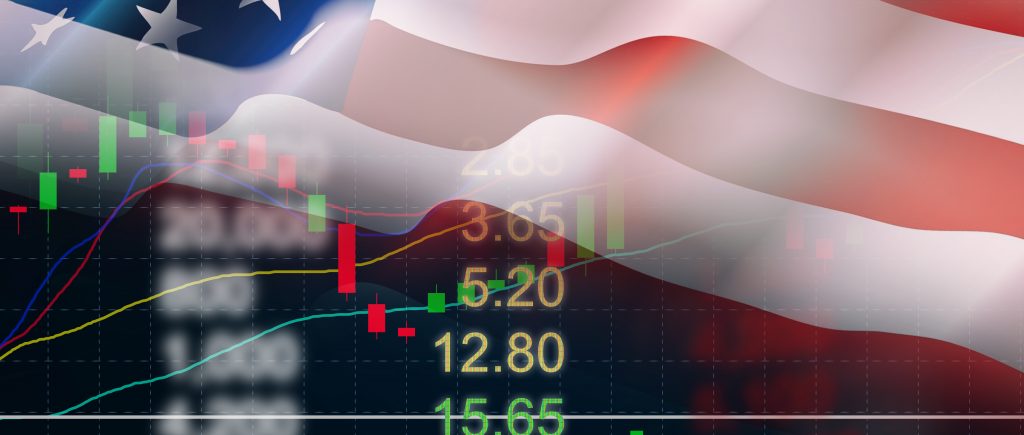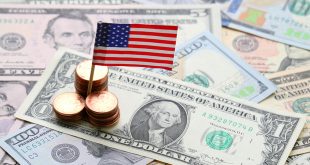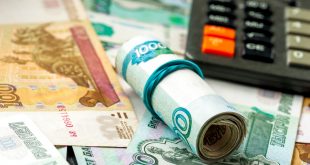Wall Street is slumping Tuesday after CPI report suggested inflation may not be slowing as quickly and as smoothly as hoped.
The S&P 500 was 1% lower in midday trading, while yields shot higher in the bond market as investors braced for the Federal Reserve get firmer on interest rates to combat inflation. The Dow Jones Industrial Average was down 417 points, or 1.2%, at 33,828, as of 11:42 a.m. Eastern time, while the Nasdaq composite was 0.9% lower.
The report was so hotly anticipated because inflation and the Federal Reserve’s response to it have been at the center of Wall Street’s struggles for more than a year. Inflation has been cooling since a summertime peak, and investors are trying to guess how quickly and smoothly a decline could happen to the Fed’s 2% target.
Tuesday’s report showed that inflation slowed to 6.4% in January from its peak of 9.1% in June. The hope on Wall Street has been for a continuing slowdown to get the Federal Reserve to pause its hikes to interest rates and perhaps begin contemplating cuts to them.
High rates can drive down inflation but also raise the risk of a severe recession and hurt investment prices. The Fed has already hiked its key short-term rate to a range of 4.50% to 4.75%, up from virtually zero a year ago.
But on the downside for markets, the improvement in inflation wasn’t by as much as economists expected. That could encourage the Fed to be more aggressive on interest rates than it’s been saying. The Fed has indicated it envisions at least a couple more increases before holding rates at a high level for a while.
While inflation is heading in the right direction, there is a long and bumpy road ahead to price stability. Even after ignoring the effects of prices for food and energy, which can swing more sharply than others, what’s called “core inflation” was still slightly higher than expected last month.
Such strength “suggests that the Fed has a lot more work to do to bring inflation back to 2%. If retail sales also show strength tomorrow, the Fed may have to increase their funds rate target to 5.5% in order to tame inflation.
The market’s expectations for the Fed have been driving yields higher in the bond market in particular. The two-year Treasury has shot to its highest level since November, egged on last week after a stronger-than-expected report on the US jobs market.
The two-year yield jumped to 4.64% from 4.52% late Monday. It initially zig-zagged up, down and back again after the release of the inflation report. The 10-year yield, which helps set rates for mortgages and other loans, rose to 3.78% from 3.70%.
In stock markets abroad, Japan’s Nikkei 225 rose 0.6%. Government data showed the world’s third largest economy grew at an annual pace of 0.6% in October-December, as restrictions related to the coronavirus pandemic eased, both abroad and in Japan. Tourism recovered, as did local travel, and exports grew, the Cabinet Office reported.
 Noor Trends News, Technical Analysis, Educational Tools and Recommendations
Noor Trends News, Technical Analysis, Educational Tools and Recommendations





